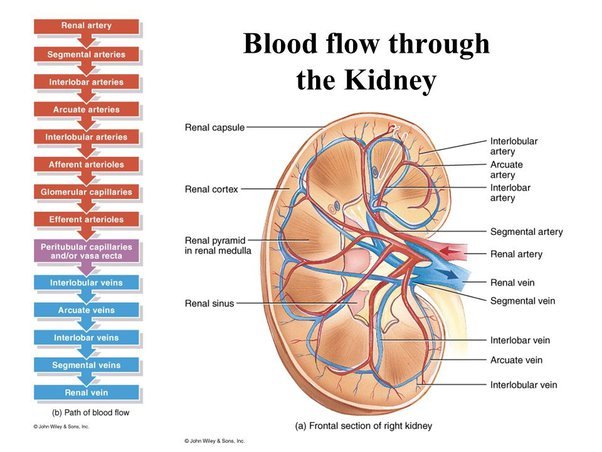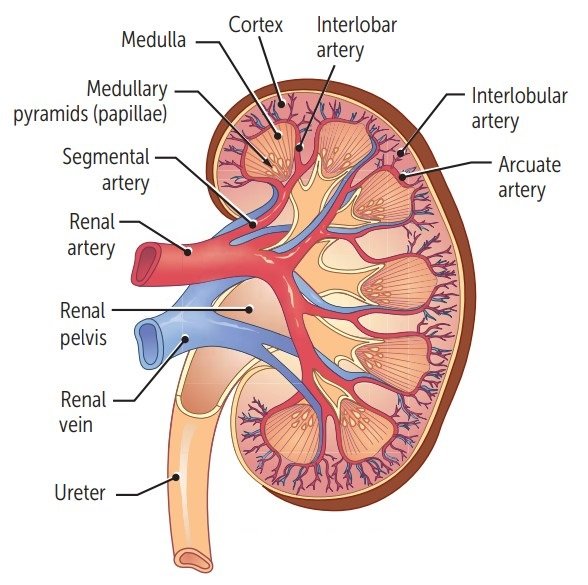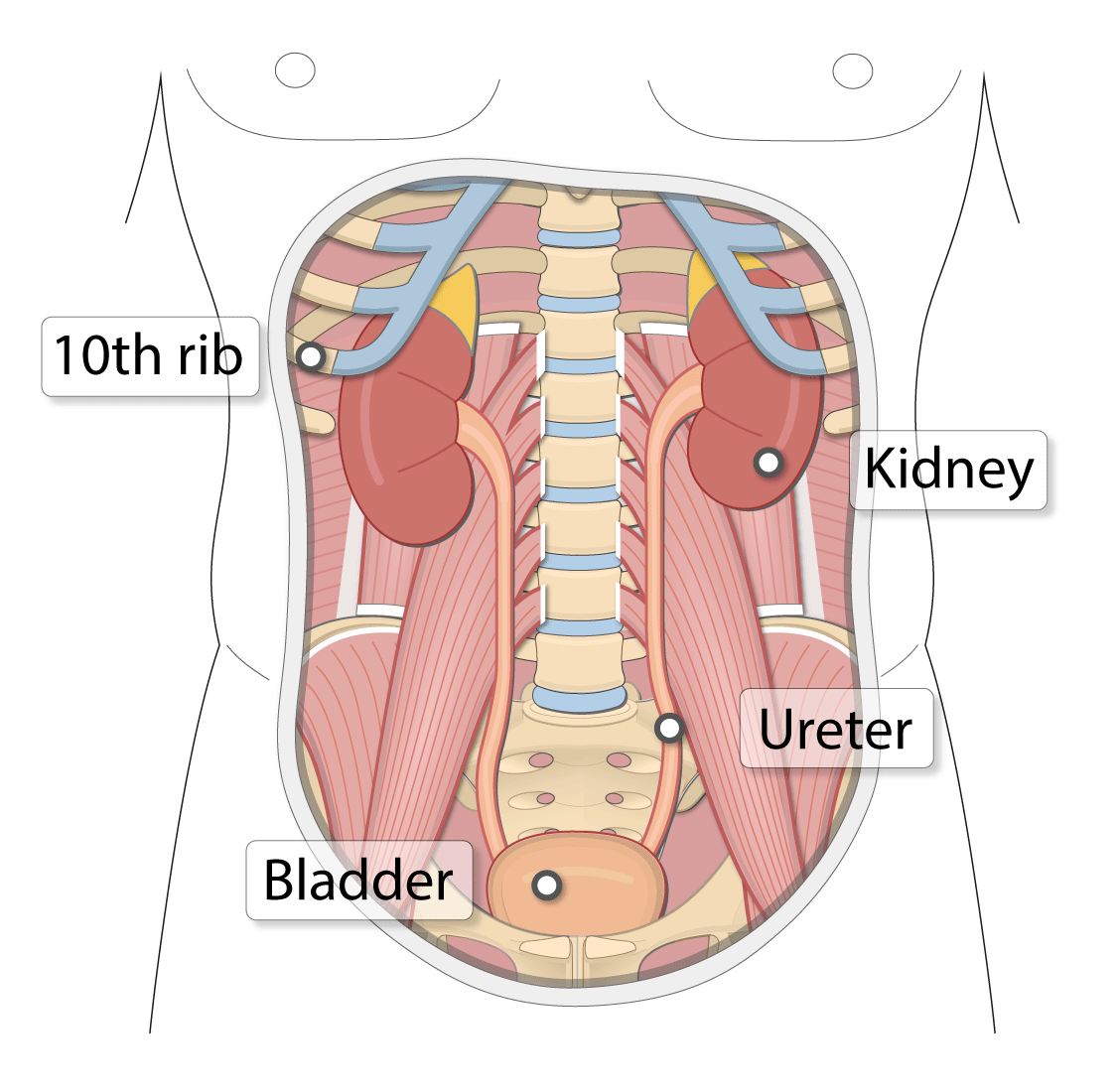Excretion and list of the excretory organs – The course is designed for the basic understanding of anatomical structures and physiological functions of human body, musculoskeletal system, digestive system, respiratory system; cardiovascular system; urinary system, endocrine system, reproductive system, nervous system, hematologic system, sensory organs, integumentary system, and immune system.The aim of the course is to acquire knowledge and skills regarding anatomy and physiology.
Excretion and list of the excretory organs
Literally, the ward excretion means elimination of any matter from the body of an organism. The organs which are involved in the process of excretion includes:
- Kidneys: Which excrete water and water soluble waste product.
- Lungs: Which excrete carbon dioxide, water vapour and other volatile substances such as acetone.
- Skin: Which excrete water and salts mainly in the form of sweat, and
- Gastrointestinal tract: Which excrete faeces (excreta).
(Ref:- K. Indu, Text book of Anatomy and Physiology for Nurses, 1″ edition,P-305)
The kidneys with figure
Definition:-
The kidneys are a pair of reddish bean shaped excretory organs.
Location:-
The kidneys lie on either side of the vertebral column between the peritoneum and the posterior wall of the abdominal cavity at the level of the 12th thoracic vertebra to 3d lumbar vertebrae.
The 11th and 12th pairs of ribs provide some protection for the superior parts of the kidneys. The right kidney is slightly lower than the left because the liver occupies a large area above the kidney on the right side.
Colour: Reddish-brown (During life)
Measurement :-
Length: Each adult kidney is about 11 cm (4 in.) long
Width: about 5 to 7 cm (2 to 3 in.) wide
Thickness: about 3 cm wide and
Weight: about 150 gm
Organs associated with the kidneys
| Name of direction | RIGHT KIDNEY | LEFT KIDNEY |
| Superiorly | The right adrenal gland | The left adrenal gland |
| Anteriorly | The right lobe of the liver, The duodenum and The hepatic flexure of colon | The spleen, The stomach, The pancreas, The jejunum and The spleenic flexure of colon |
Microscoping structures of the kidney
Microscopically, the cortex and medulla of the kidney are composed of nephrons (Nephron a structural and functional unit of the kidney), blood vessels, lymphatics and nerves. Each kidney contains approximately 1 million of nephrons.
Gross structures of the kidney
A coronal section of the kidney shows two distinct regions.
- The outer cortex is reddish brown and granular in appearance because of its many capillaries.
- The deeper region, or medulla, is striped in appearance due to the presence of microscopic tubules and blood vessels. The medulla is composed of 8 to 15 conical renal pyramids separated by renal columns.
Renal Blood Supply

Renal Blood Supply
About 20-25% of the resting cardiac output-1200 milliliters of blood per minute-flows into the kidneys through the right and left renal arteries. Within each kidney, the renal artery divides into smaller and smaller vessels (segmental, interlobar, arcuate, interlobular arteries) that eventually deliver blood to the afferent arterioles (af toward; ferre = to carry). Each afferent arteriole divides into a tangled capillary network called a glomerulus (little ball; plural is glomeruli).
The capillaries of the glomerulus reunite to form an efferent arteriole (ef = out). Upon leaving the glomerulus, each efferent arteriole divides to form a network of capillaries around the kidney tubules. These peritubular capillaries (peri- around) eventually reunite to form peritubular veins, which merge into interlobular, arcuate, and interlobar veins. Ultimately, all these smaller veins drain into the renal vein.


1. Excretion of wastes. By forming urine, the kidneys help excrete wastes substances that have no useful function in the body. Urine produced in the kidneys is drained into a cavity known as the renal pelvis ( = basin) and then is channeled from each kidney via long ducts to the ureters to the urinary bladder.
2. Regulation of blood volume and blood pressure. The kidneys adjust the volume of blood in the body by returning water to the blood or eliminating it in the urine. They help regulate blood pressure by secreting the enzyme rennin,
3. Regulation of blood pH. The kidneys regulate the concentration of H ^ + in the blood by excreting a variable amount of H ^ * in the urine.
4. Regulation of ion levels in the blood. The kidneys help regulate the blood levels of several ions, most importantly sodium ions ( N a^ + ), potassium ions ( K ^ + ) calcium ions ( C a^ 2+ ) chloride ions (CI), and phosphate ions (HP * O_{4} ^ 2)
5. Production of hormones. The kidneys produce two hormones. Calcitriol, the active form of vitamin D, helps regulate calcium homeostasis, and erythropoietin stimulates production of red blood cells.
(Ref:- Ross & Wilson 9th / 340 – 344p + K Indu, 1 ^ * edition,P-305-307)

Shortly :-
Functions of the kidneys
1. Formation & excretion of urine.
2. Excretory functions:
- Urea, Uric acids, Creatinine, Bilirubin, Toxic & foreign bodies (e.g. drugs) water etc.
3. Endocrine & Metabolic functions:
- Formation of Erythropoietin.
- Secretion of Renin
- Formation of active form of Vitamin D under the influence of parathyroid hormone.
4. Reabsorption of substances:
- Glucose. Amino acid. Electrolytes e.g. Na’, K’ etc.
5. Regulatory functions: Regulation of –
- Water & Electrolytes balance.
- Body fluid osmolality.
- Arterial pressure.
- Acid-base balance.
Read more:
